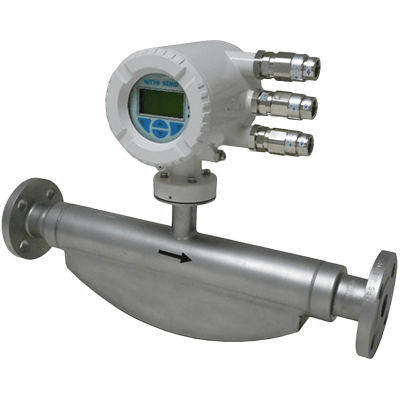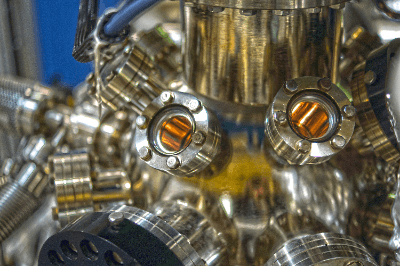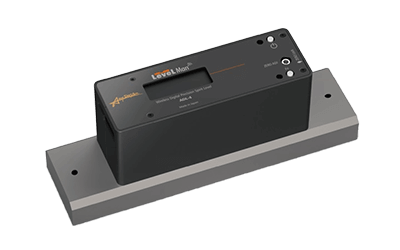What Is a Hydraulic Data Logger?
A humidity logger is a device that records humidity at user-specified regular intervals and analyzes the measured data.
The relative humidity unit (relative humidity) is expressed as %RH.
Relative humidity is the moisture content of air at a given temperature compared to the maximum moisture content of air (saturated water vapor).
Relative humidity (%RH) = water vapor content/saturation water vapor content x 100.
Temperature and humidity are usually measured as a set due to the close relationship between temperature and humidity.
The lower the temperature, the less water vapor can be contained in the air. Likewise, the higher the temperature, the more water vapor can be contained.
Uses of Hydraulic Data Loggers
Humidity is an important item in quality control.
Humidity loggers are used for humidity control, which is one of the requirements of the ISO 9001 quality management system.
They are used for temperature and humidity control in museums to prevent mold formation due to high temperature and humidity and damage to works of art due to dryness.
Suitable for temperature and humidity control in warehouses, logistics, hospital environments, civil engineering and construction, and vinyl greenhouses.
There is a wide range of equipment types, including separate sensor types, sensor-integrated types, analog types that constantly record on paper, and multi-loggers for multi-point measurement.
Principle of Hydraulic Data Loggers
Humidity loggers are classified into two types: electrical resistance and capacitance.
The electrical resistance and capacitance types use a moisture-sensitive material that absorbs and dehumidifies moisture and is sandwiched between electrodes.
The capacitance type is the mainstream, can measure humidity even at 20% or less, and has the advantage of a fast response time.
The electrical resistance type is resistant to noise, and the sensor part can be smaller.
Hydraulic data loggers have made it possible to take long-term measurements at user-specified intervals and, depending on the device, to take simultaneous measurements at multiple points or over a wide area simultaneously via wireless communication.
Simultaneous measurement of recorded humidity and temperature, and even impact degree depending on the device, is now possible. Anyone can easily measure and analyze the data on a PC application.
Constant wireless monitoring is especially suitable for preserving artworks and optimizing the environment.
High temperature and humidity can cause damage and deterioration of artwork, so environmental control is essential. The previous analog Hydraulic data logger has been replaced by a wireless Hydraulic data logger, which eliminates the time and effort of opening the display case to collect data. Most importantly, it eliminates environmental changes inside the case.



